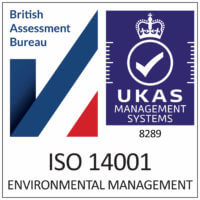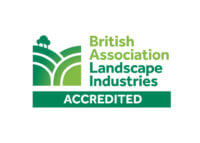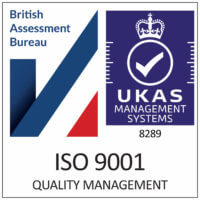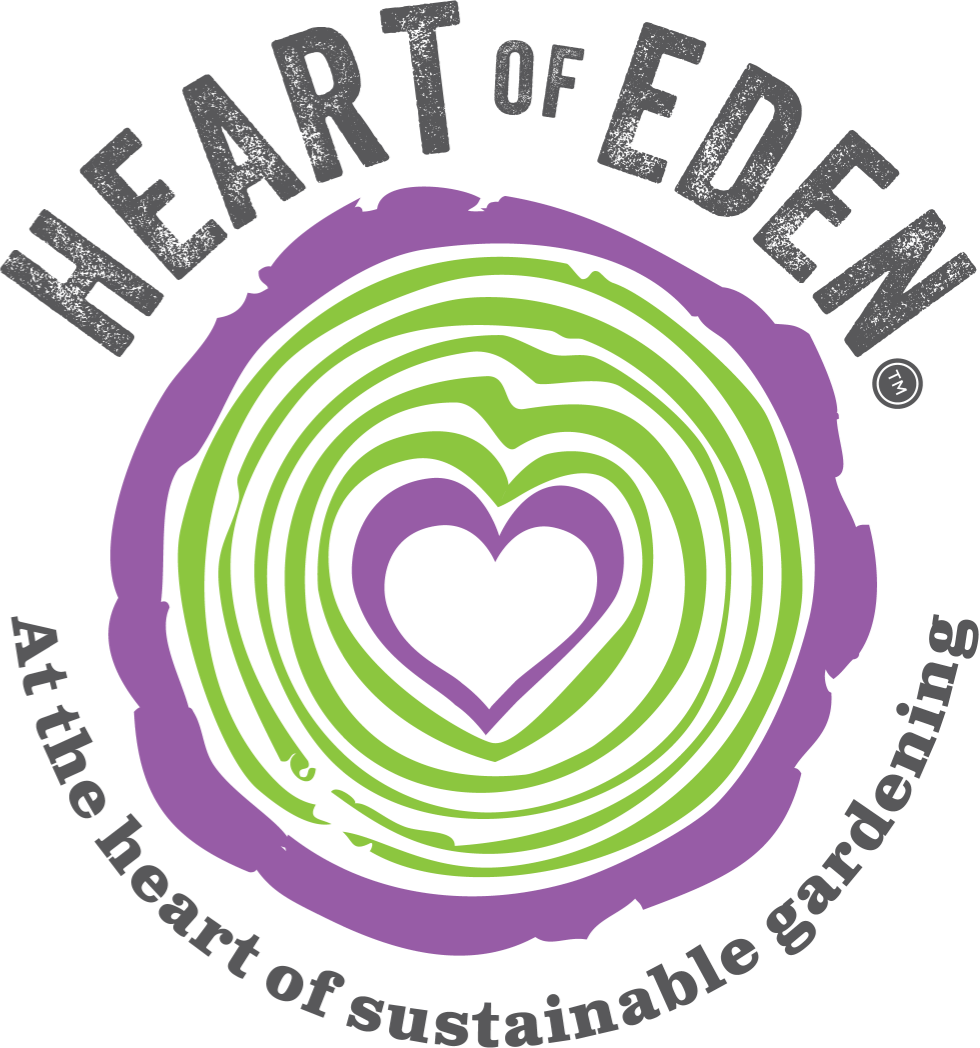Understanding Enriched Topsoil and Its Benefits
Nov 4th 2023
Enriched topsoil is a vital component in gardening and landscaping that offers a range of benefits for your plants and overall soil health. Unlike regular topsoil, enriched topsoil is specially formulated with added nutrients and organic matter, which helps enhance soil fertility and provides a favorable environment for plant growth. It serves as a natural source of nourishment, promoting better root development, improved water retention, and increased resistance to diseases and pests. By understanding the value of enriched topsoil, you can unlock the potential for thriving gardens and vibrant landscapes.
What is Enriched Topsoil?
Definition of enriched topsoil
Enriched topsoil, also known as amended topsoil or compost-enriched topsoil, is a specialized type of soil that is carefully formulated to provide the essential nutrients and organic matter necessary for healthy plant growth.
Key characteristics of enriched topsoil
Enriched topsoil exhibits several key characteristics that set it apart from regular topsoil. Firstly, it has a higher organic content, providing a rich source of nutrients for plants. The organic matter in enriched topsoil improves soil structure, allowing for better aeration and water infiltration. It also enhances the soil’s ability to retain moisture, reducing water loss through evaporation. Additionally, enriched topsoil contains a diverse range of beneficial microorganisms that contribute to soil fertility. These microorganisms help break down organic matter, release nutrients, and promote overall soil health.
Benefits of Enriched Topsoil
Improved soil fertility
One of the primary benefits of using enriched topsoil is its ability to improve soil fertility.
Enhanced plant growth and development
Enriched topsoil promotes enhanced plant growth and development by providing a nourishing environment for roots. The nutrient-rich composition of enriched topsoil supports vigorous root growth, resulting in stronger and healthier plants. The organic matter in the soil improves soil structure, allowing roots to penetrate easily and access nutrients and water more effectively. This, in turn, leads to improved overall plant growth, increased flower and fruit production, and a higher yield for agricultural crops.
Increased nutrient availability
Enriched topsoil contains a wide array of nutrients that are readily available to plants. As the organic matter in the soil decomposes, it releases essential nutrients, making them easily accessible to plant roots. This enhanced nutrient availability ensures that plants have an adequate supply of the nutrients they require for optimal growth and development. Additionally, the diverse microorganisms present in enriched topsoil help break down organic matter and convert nutrients into plant-available forms.
Better drainage and water retention
Enriched topsoil has improved drainage and water retention capabilities compared to regular topsoil. The organic matter in enriched topsoil acts like a sponge, absorbing and holding moisture, preventing it from quickly evaporating or draining away. This helps to maintain a consistent moisture level in the soil, providing plants with a steady supply of water. At the same time, the well-aerated structure of enriched topsoil allows excess water to drain efficiently, preventing waterlogging and root rot.
Reduction in soil erosion
Enriched topsoil plays a crucial role in reducing soil erosion, which is a significant environmental challenge. The organic matter and microorganisms in enriched topsoil help bind soil particles together, creating a stable soil structure. This structure significantly reduces the risk of soil erosion caused by wind or water. Enriched topsoil also acts as a protective layer, shielding the soil surface from the impact of heavy raindrops and preventing crusting, which can impede water infiltration and plant growth.
Suppression of weed growth
Enriched topsoil can help suppress weed growth, minimizing competition for nutrients, light, and water. The nutrient-rich composition of enriched topsoil enables plants to thrive and outcompete weeds. Additionally, the well-aerated and healthy soil structure created by enriched topsoil can make it more challenging for weed seeds to germinate and establish themselves. This can reduce the need for herbicides or manual weed control methods, making gardening and landscaping more manageable and environmentally friendly.
Enhanced biological activity
Enriched topsoil supports a robust and diverse community of beneficial microorganisms, such as bacteria, fungi, and earthworms. These microorganisms play a vital role in maintaining soil health and fertility. They break down organic matter, release nutrients, and enhance nutrient cycling in the soil. The presence of these microorganisms in enriched topsoil promotes a harmonious and balanced ecosystem, supporting plant growth and contributing to overall soil vitality.
Promotion of healthy root development
Healthy roots are essential for strong and resilient plants, and enriched topsoil provides an ideal environment for root development. The nutrient-rich composition of enriched topsoil ensures that roots have access to the essential nutrients they need to grow and develop properly. The organic matter in the soil improves soil structure, allowing roots to penetrate and branch out more easily. This results in a well-developed root system, which enhances plant stability, nutrient uptake, and overall plant health.
Mitigation of soil compaction
Soil compaction is a common issue in gardening, farming, and areas with heavy foot traffic. Enriched topsoil can help mitigate soil compaction and improve soil structure. The organic matter in the soil improves soil porosity, allowing water, air, and plant roots to move more freely through the soil. This reduces the risk of soil compaction and enhances the overall health and productivity of the soil. By using enriched topsoil, gardeners and farmers can improve the soil’s resilience and reduce the need for mechanical soil aeration.
Environmentally friendly practices
Using enriched topsoil promotes environmentally friendly practices in gardening, farming, and landscaping. The organic matter and microorganisms present in enriched topsoil contribute to soil health, reducing the need for synthetic fertilizers and pesticides. This reduces the environmental impact associated with conventional agricultural practices. Enriched topsoil also helps conserve water by improving water retention and reducing water runoff and wastage. Furthermore, the use of enriched topsoil supports sustainable agriculture by enhancing soil fertility and ensuring long-term productivity.
In the next section, we will explore the various applications of enriched topsoil and how it can be used in different settings for optimal results.
Applications of Enriched Topsoil
Gardening and landscaping
In gardening and landscaping, enriched topsoil is widely used to create healthy and vibrant gardens, flower beds, and lawns. It provides a nutrient-rich foundation for plants, allowing them to thrive and display their full potential. Whether you’re planting vegetables, flowers, shrubs, or trees, the use of enriched topsoil can significantly improve plant growth and aesthetics. It is commonly used for filling raised beds, filling garden beds, or amending existing soil to enhance fertility and overall soil health.
Agricultural practices
Enriched topsoil is beneficial in agricultural practices as well. Farmers often use enriched topsoil to improve soil quality and fertility in their fields. It helps replenish nutrient-depleted soils, especially in areas where intensive farming practices have led to soil degradation. The nutrient-rich composition of enriched topsoil allows farmers to cultivate high-yield crops and ensures long-term sustainability of agricultural land. It is commonly applied before planting, during crop rotations, or as a topdressing for established crops.
Urban green spaces
Enriched topsoil finds significant applications in urban green spaces, such as parks, playgrounds, and community gardens. These areas often face challenges of poor soil quality, compacted soil, or contaminated soil due to urbanization and human activities. Enriched topsoil can be used to revitalize and improve the soil conditions in these spaces, providing a healthy growing medium for plants and promoting urban biodiversity. It helps create lush green landscapes and recreational areas that enhance the quality of life for urban residents.
Restoration and rehabilitation of ecosystems
Enriched topsoil plays a crucial role in the restoration and rehabilitation of ecosystems that have been degraded by human activities or natural disturbances. When ecosystems are disrupted, the soil loses its fertility and beneficial microorganisms, hindering the natural regeneration of vegetation. Enriched topsoil can be applied to these areas to jumpstart the recovery process. It provides the necessary nutrients and organic matter for plant establishment and encourages the return of native plant species, ultimately restoring the ecological balance and functionality of the ecosystem.
Nursery and horticultural uses
In nurseries and horticultural settings, enriched topsoil is used to cultivate healthy and vigorous plants. It is commonly used as a growing medium for container plants, seedlings, and cuttings. The nutrient-rich composition of enriched topsoil ensures that young plants receive the necessary nutrients for optimal growth. Enriched topsoil can also be incorporated into potting mixes or used as a topdressing for potted plants, enhancing their overall health and vitality. It is an essential component in the production of high-quality nursery stock and ornamental plants.
Enriched Topsoil Preparation and Application
Preparation of the planting area
Before applying enriched topsoil, it is important to prepare the planting area adequately. Clear away any weeds, rocks, or debris and loosen the existing soil to ensure proper integration with the enriched topsoil. Depending on the specific project and desired results, you may need to remove existing sod or create raised beds or planting mounds.
Adding the enriched topsoil
Once the planting area is prepared, add the enriched topsoil to the desired depth. It is generally recommended to apply a layer of enriched topsoil of at least 4-6 inches for new gardens or landscape beds. This ensures that plants have ample space for root establishment and access to the necessary nutrients.
Mixing and blending with existing soil
To integrate the enriched topsoil with the existing soil, thoroughly mix and blend the two together. This ensures a smooth transition and promotes uniform distribution of nutrients throughout the soil profile. Use a garden fork, shovel, or rototiller to incorporate the enriched topsoil into the existing soil, working it to a depth of at least 8-12 inches.
Proper depth and coverage
The depth and coverage of enriched topsoil will vary depending on the specific project and plant requirements. For most gardening and landscaping applications, a layer of enriched topsoil with a depth of 4-6 inches is sufficient. However, deeper layers may be necessary for certain plants or if soil improvement is desired for highly compacted or degraded soils. The enriched topsoil should be spread evenly across the planting area, ensuring complete coverage.
Watering and irrigation techniques
After applying the enriched topsoil, it is important to water the area thoroughly. This helps settle the soil and promotes proper integration with the existing soil. Watering also ensures that the enriched topsoil is uniformly moist, allowing for optimal nutrient availability to plants. Depending on the weather conditions and plant requirements, follow a regular watering schedule to maintain adequate moisture levels in the soil.
Follow-up maintenance and care
To maintain the health of the enriched topsoil and promote optimal plant growth, regular maintenance and care are essential. Keep the planting area free from weeds, as they can compete with plants for nutrients and hinder their growth. Apply organic mulch to prevent weed growth, conserve moisture, and regulate soil temperature. Monitor plant health and nutrition, and adjust fertilizer application as needed. It is also important to follow proper watering and irrigation practices to avoid overwatering or underwatering.






